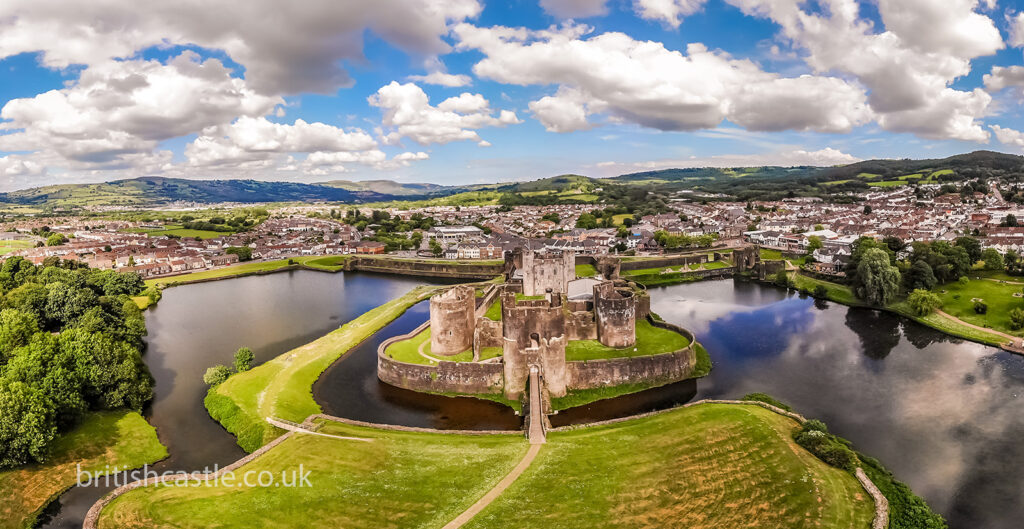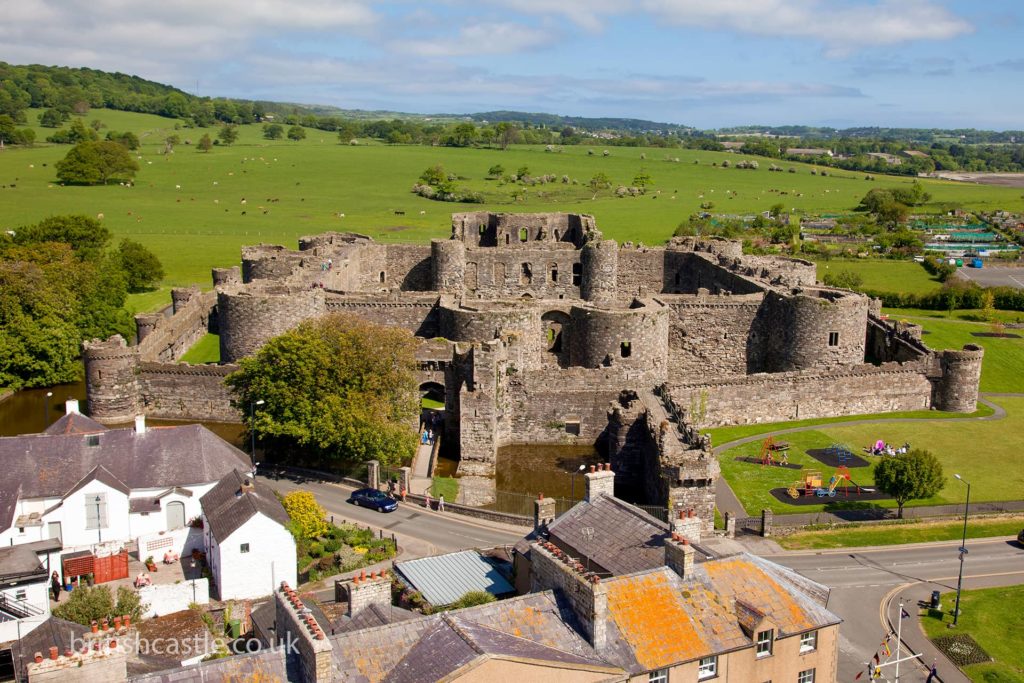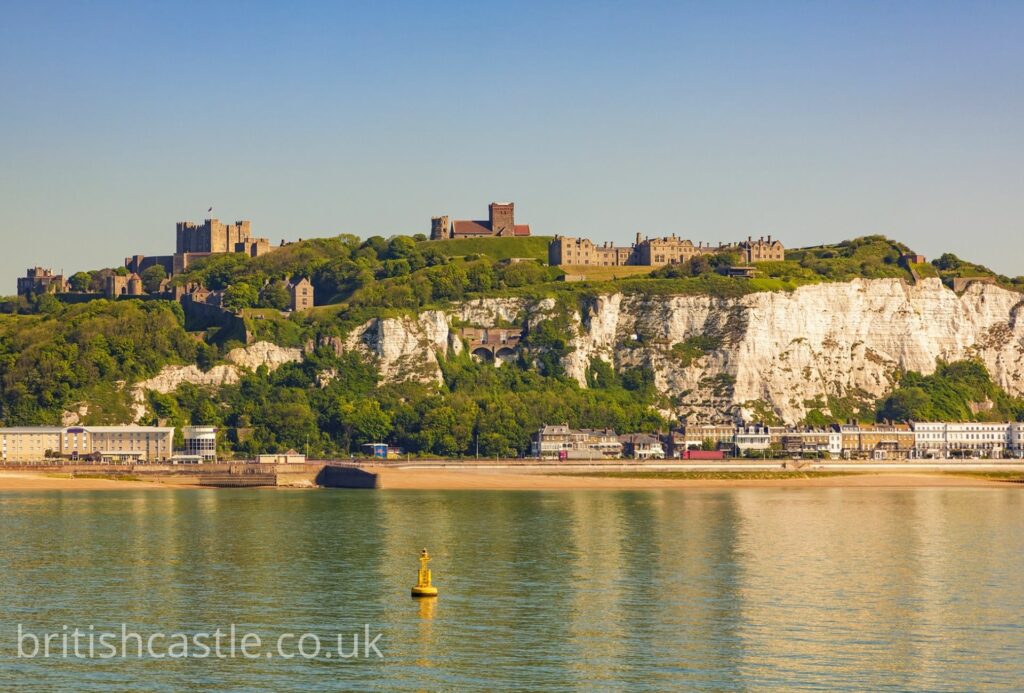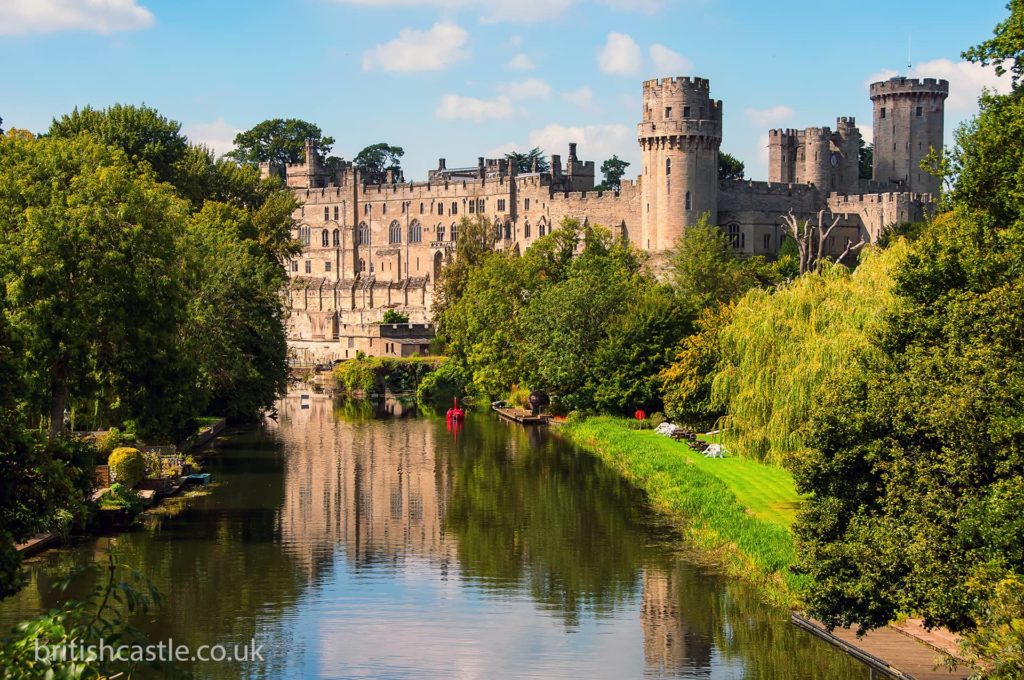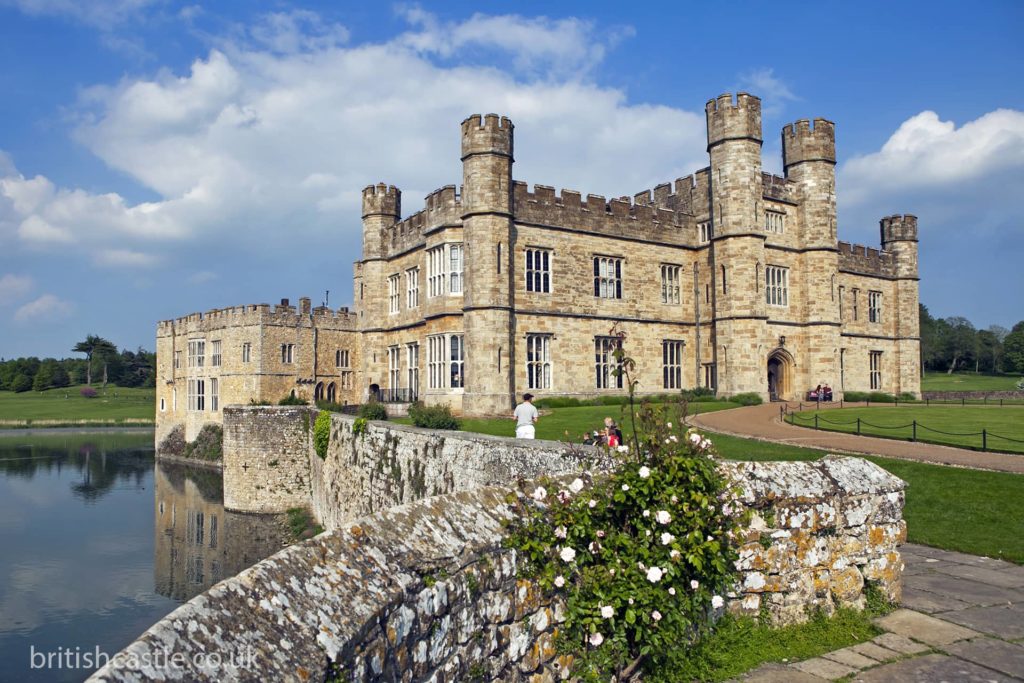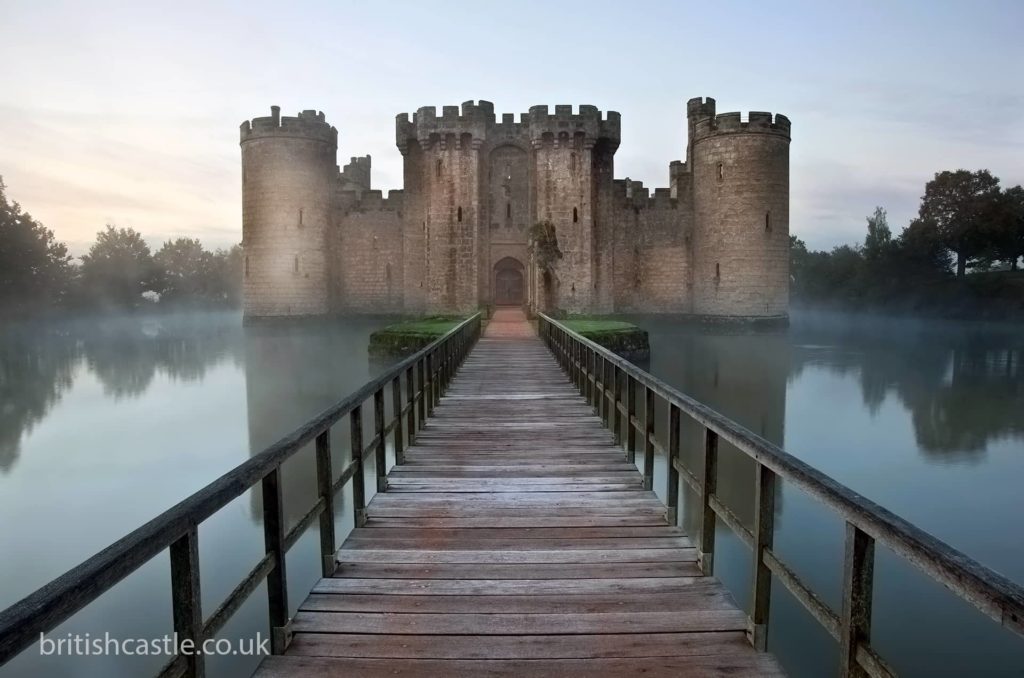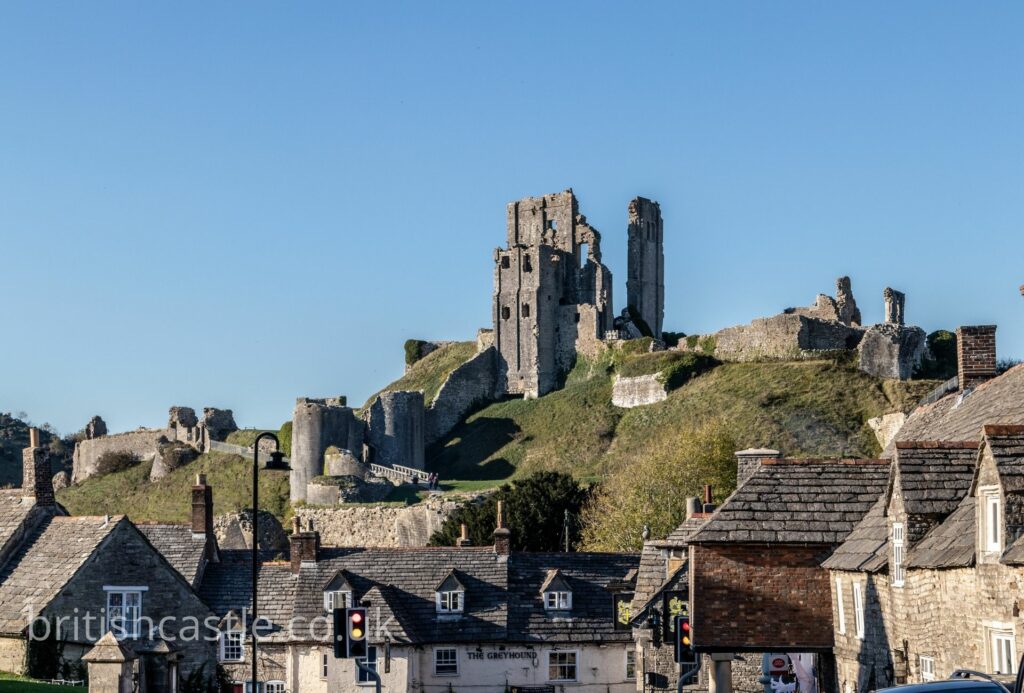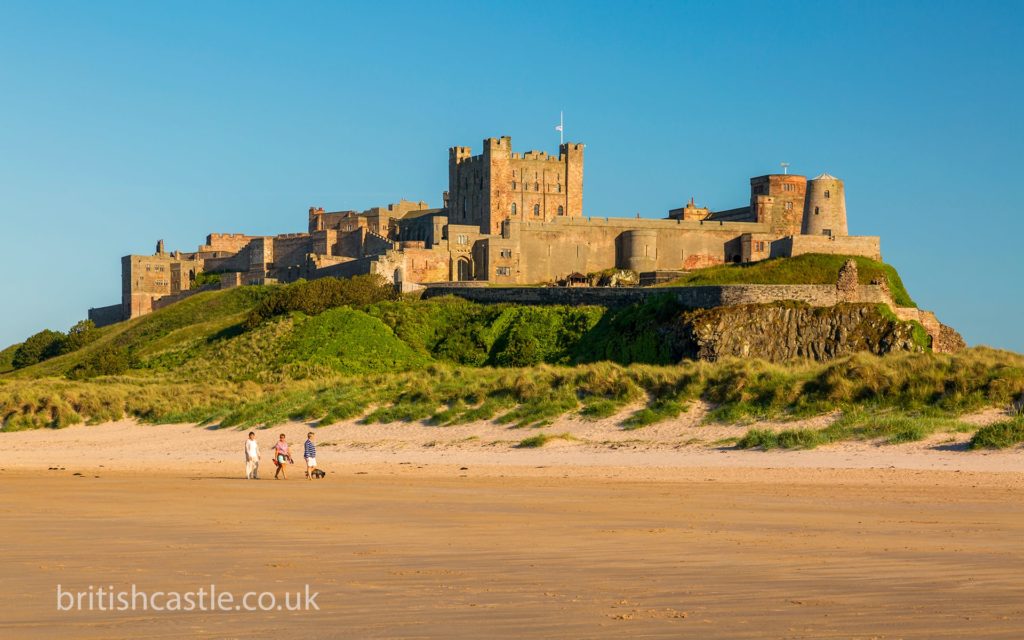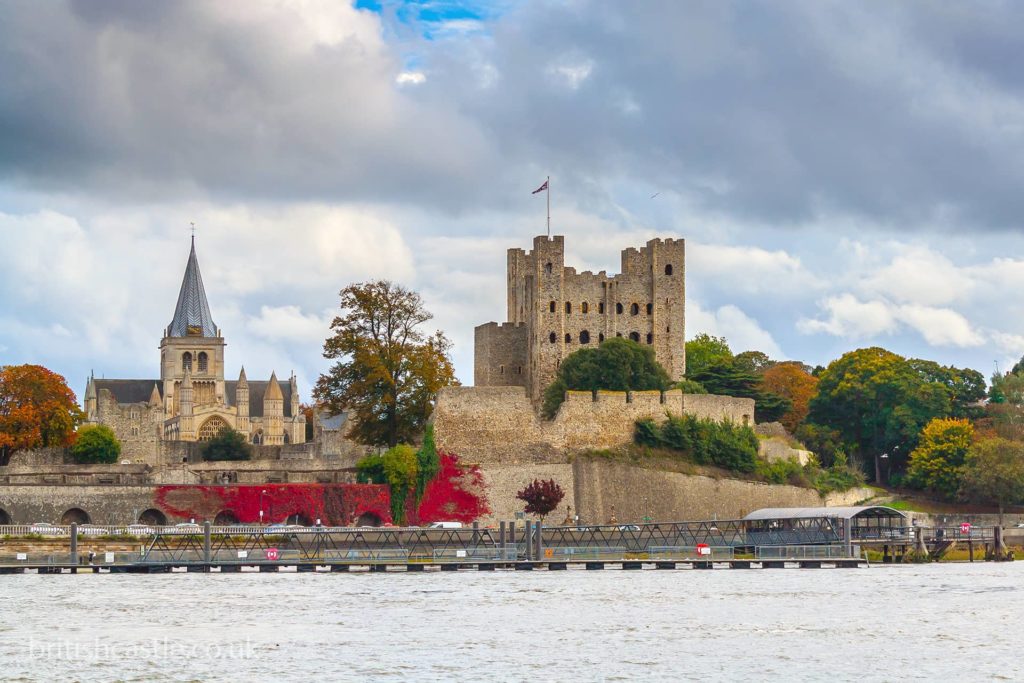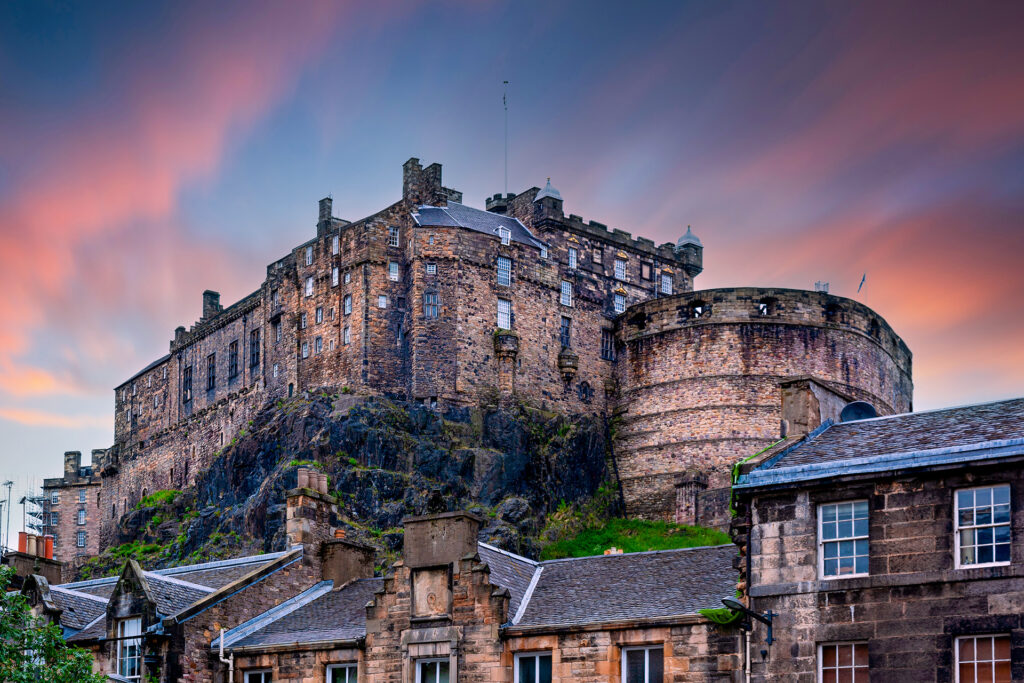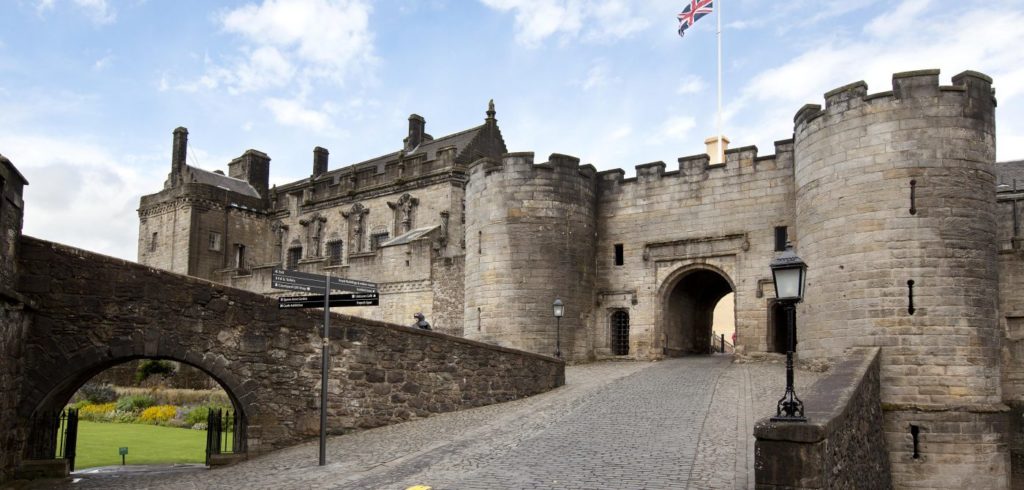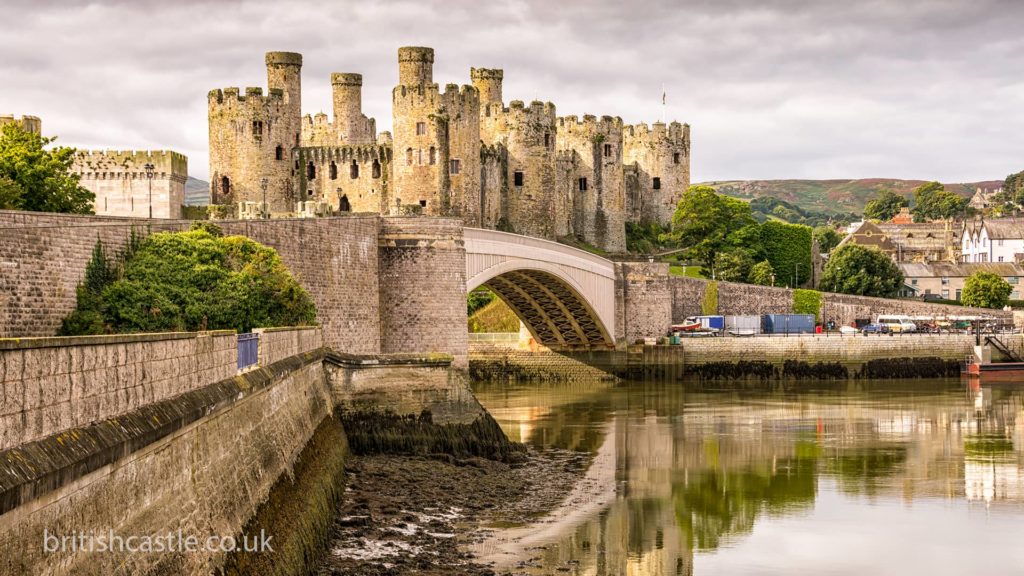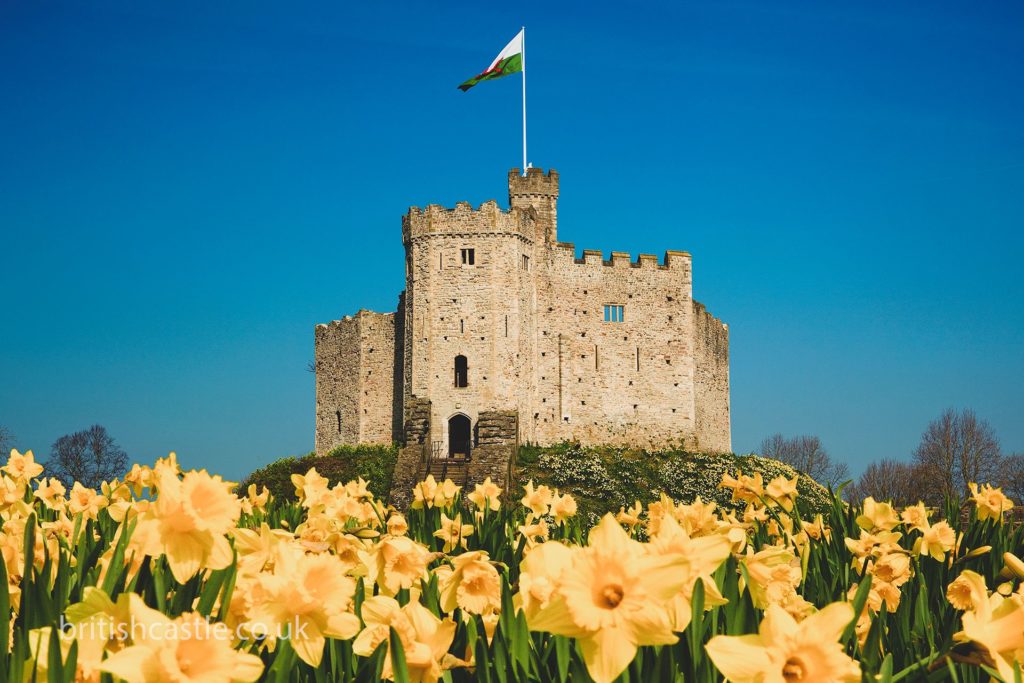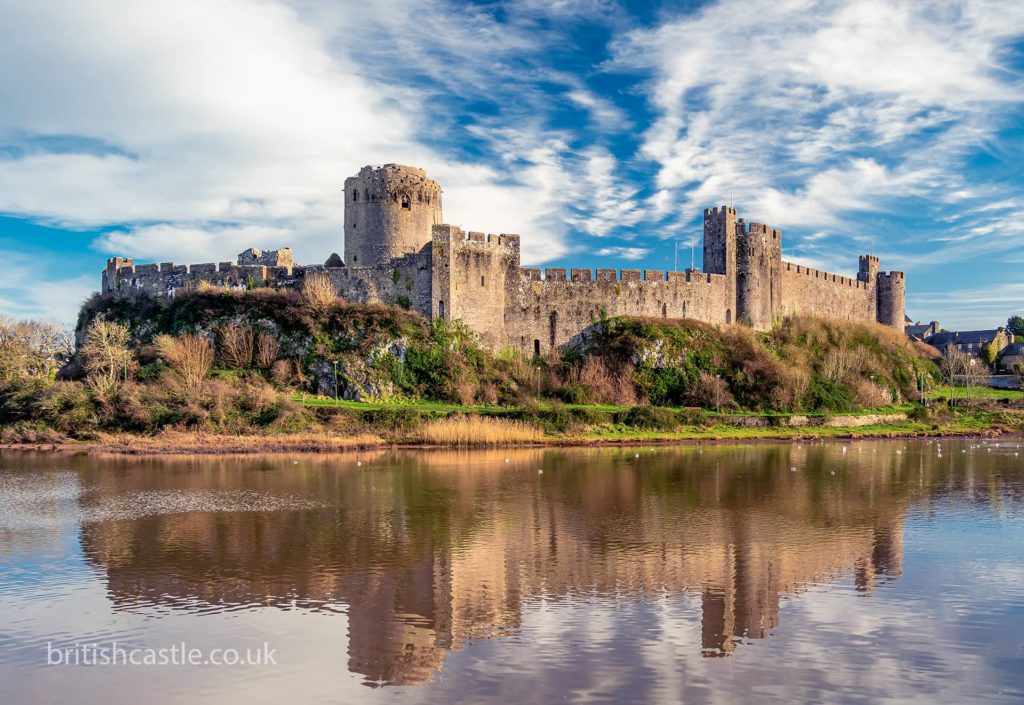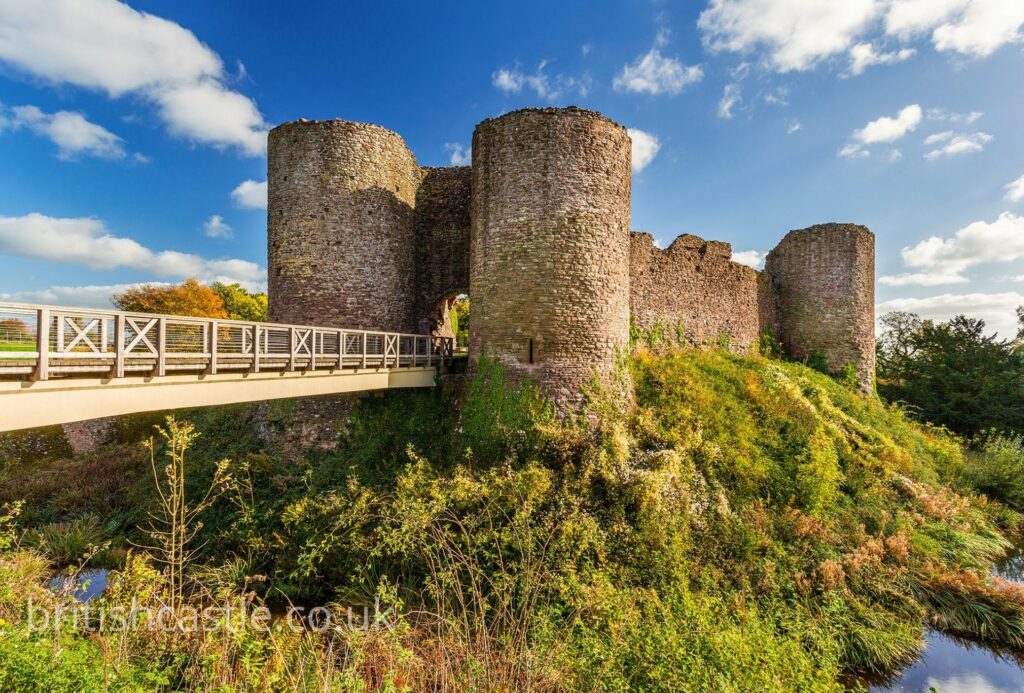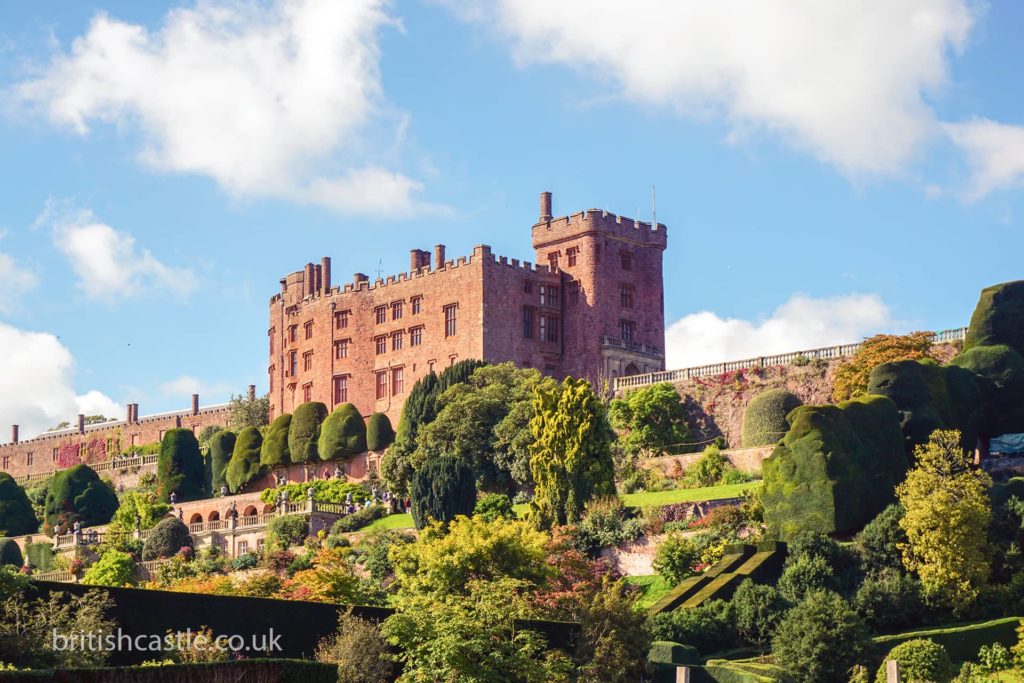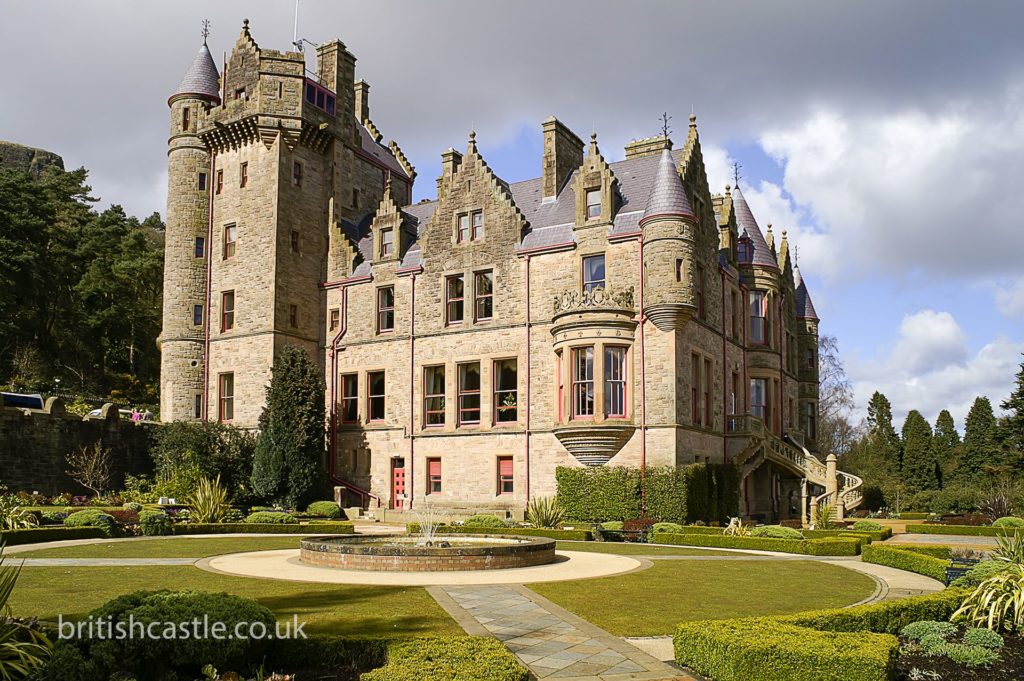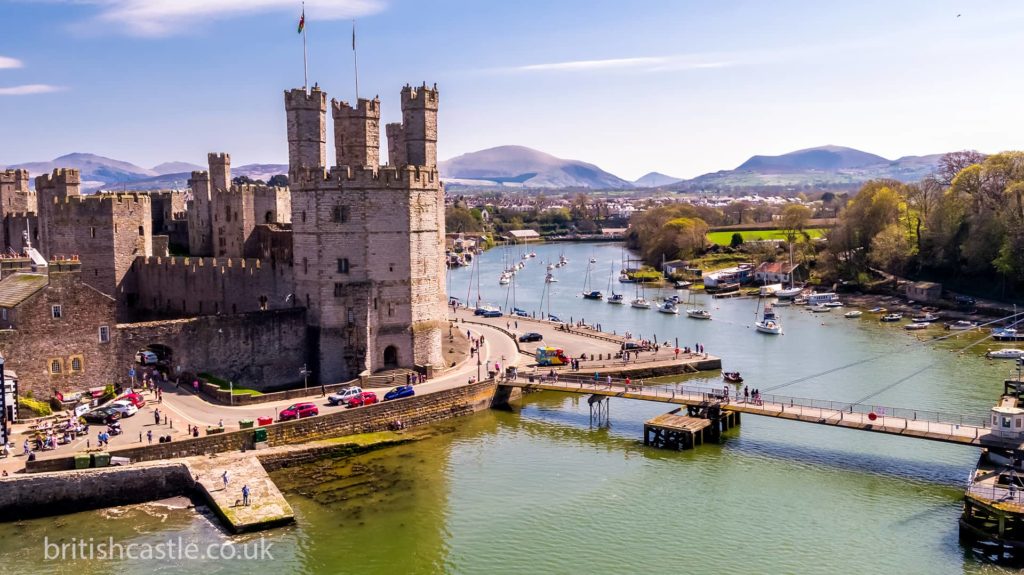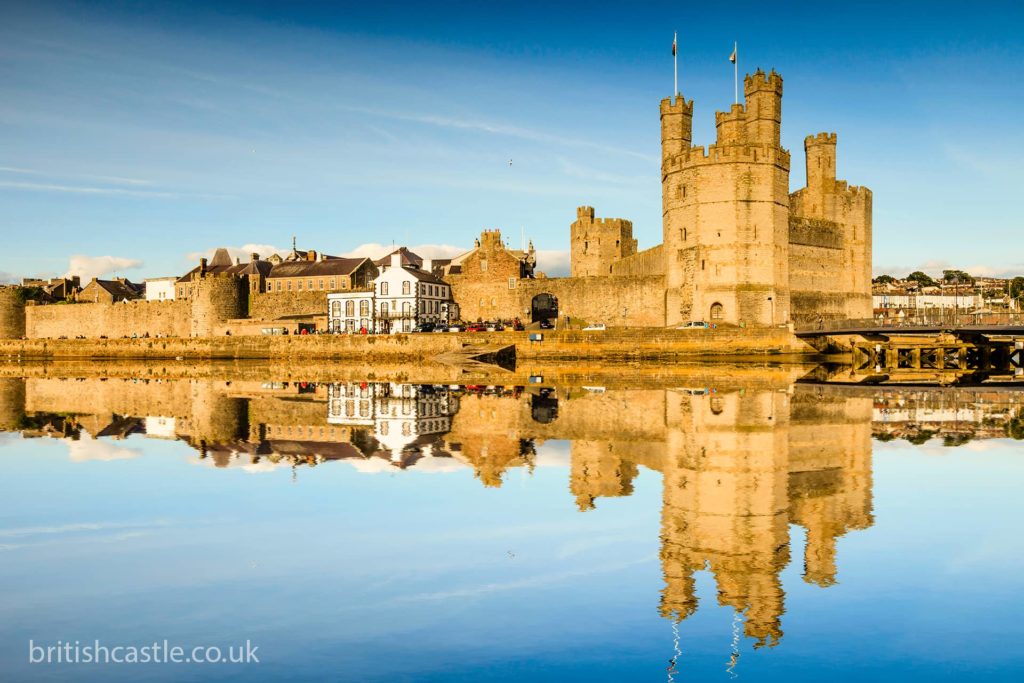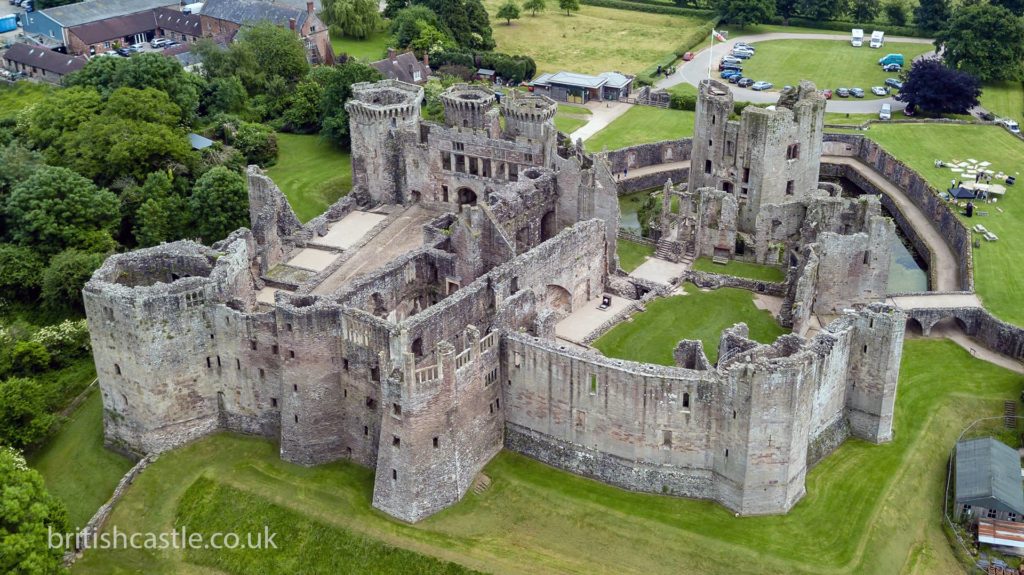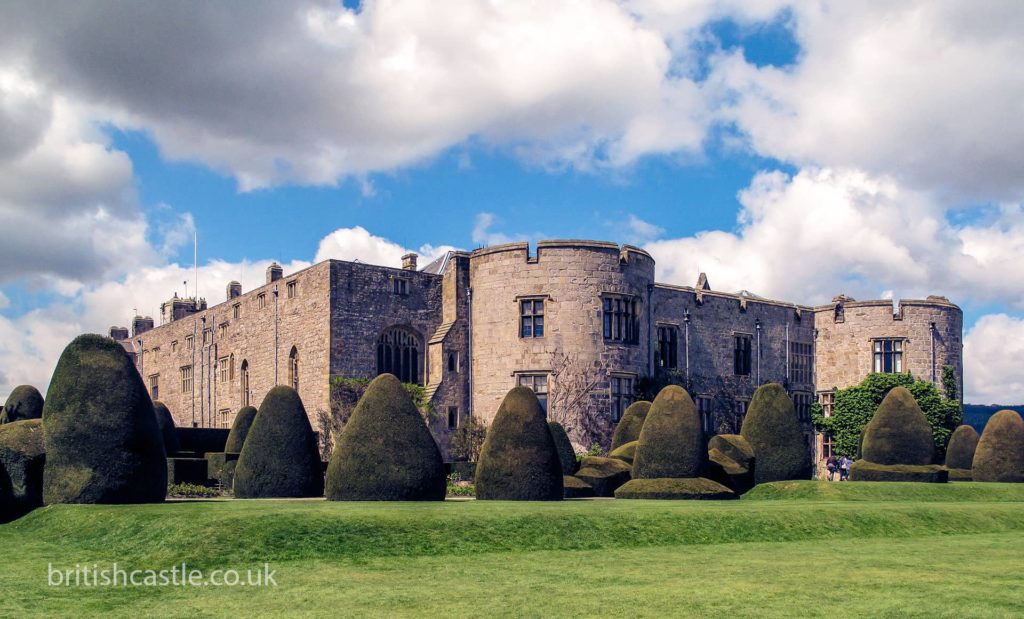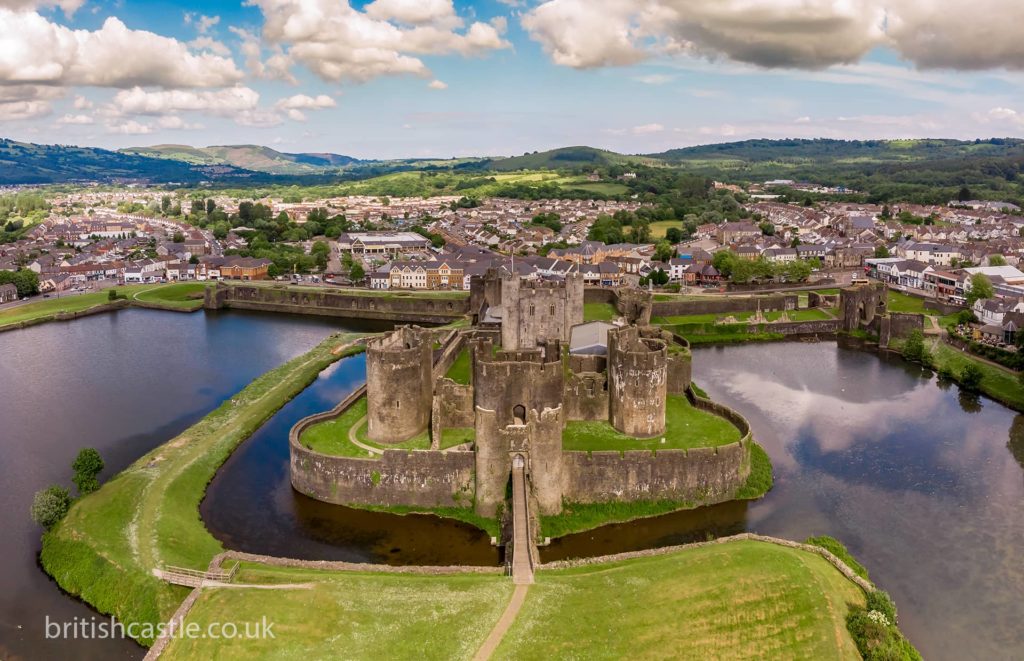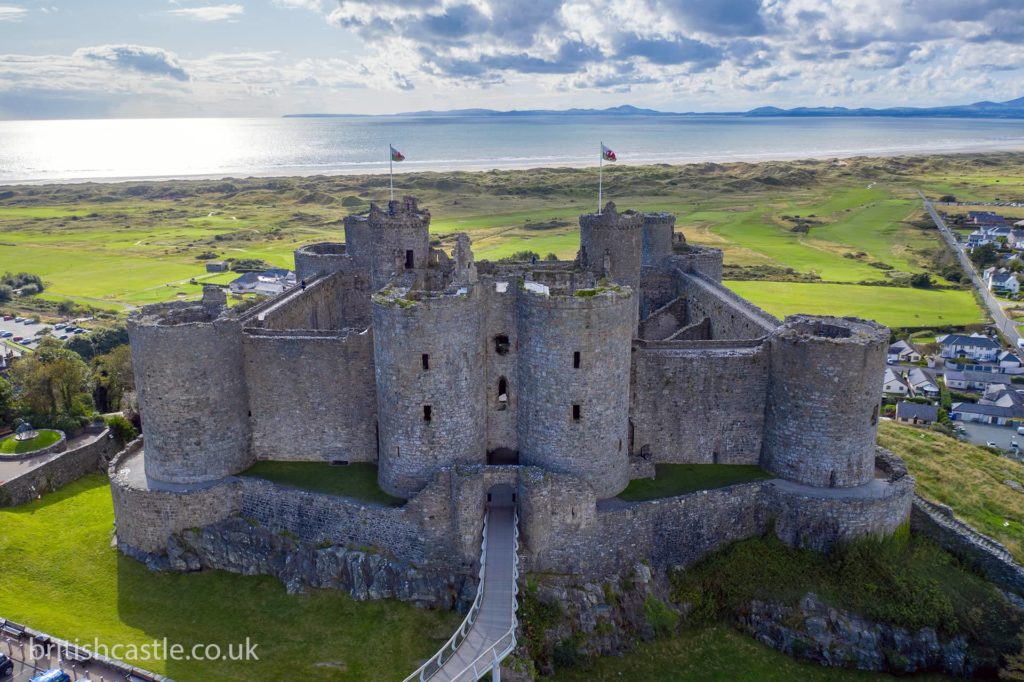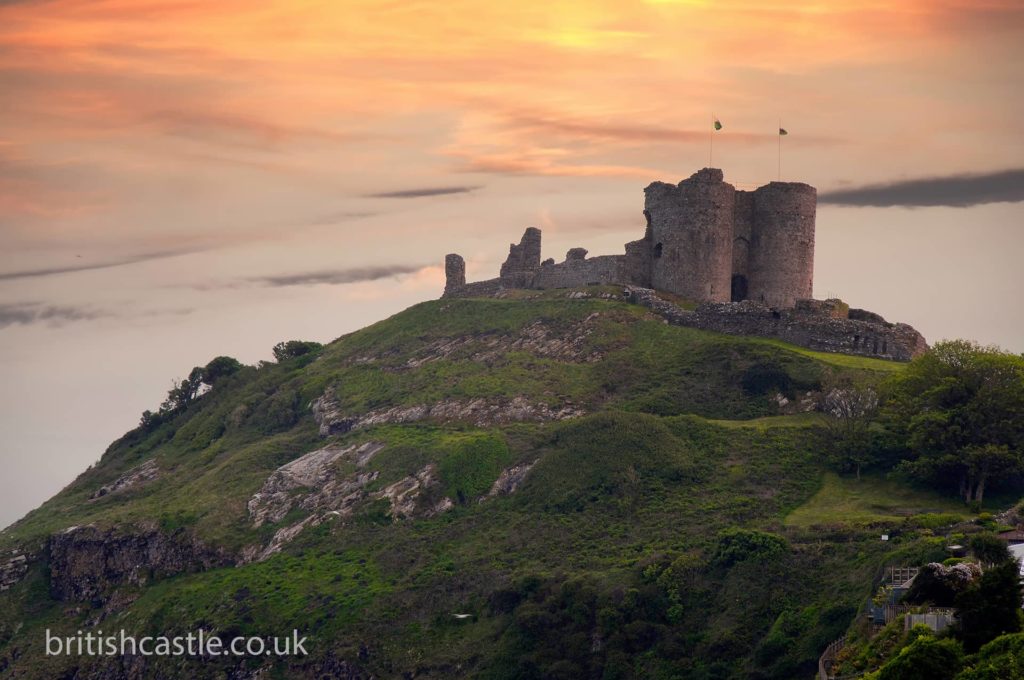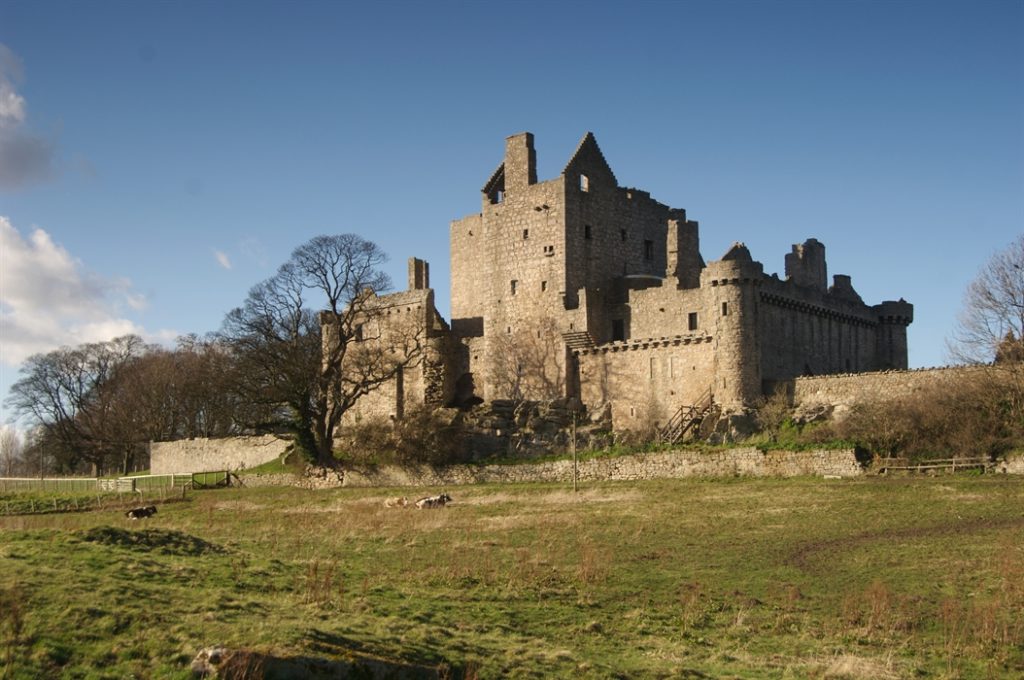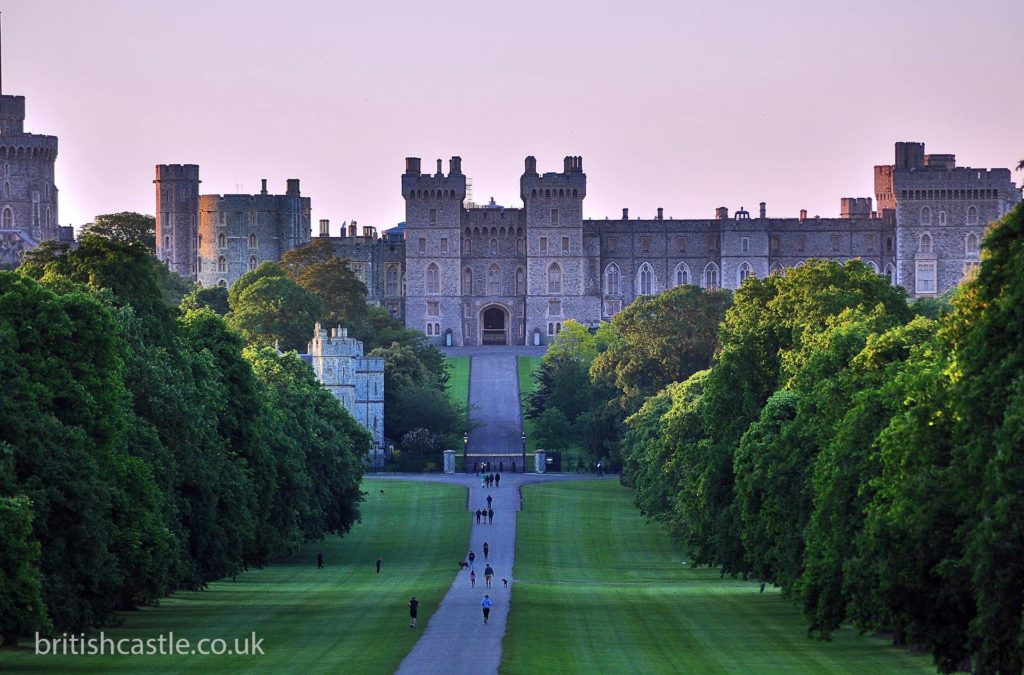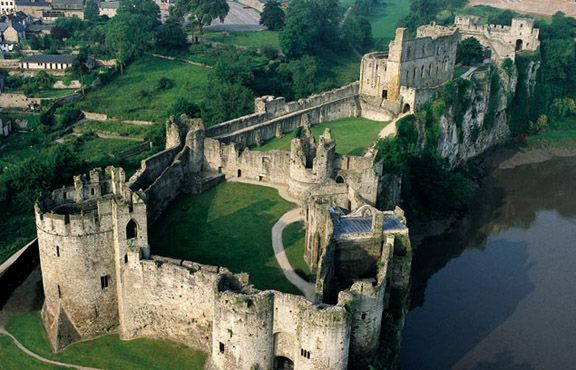One of the stand out features of the British countryside is the many well-preserved castles that dot the landscape. These impressive structures have been a part of British history for centuries, serving as defensive fortresses, royal residences and, more recently, popular tourist attractions. The history of Castles, their use, and their political and social significance is a fascinating topic that continues to captivate people worldwide.
In this guide, we’ll be breaking down the basics of castles, from what they are and why they were built to how they shaped British history. So grab your armour and sword, and let’s dive into the world of castles.
What is a Castle?
This might seem like a reasonably straightforward question; it’s a big stone building with towers and potentially a princess that needs saving from a dragon.
But in reality, the definition of a castle can be pretty broad. Generally speaking, a castle is a fortified structure built during the Middle Ages, typically between the 9th and 14th centuries. They were commonly constructed from stone or brick and served as defensive fortresses against enemies.
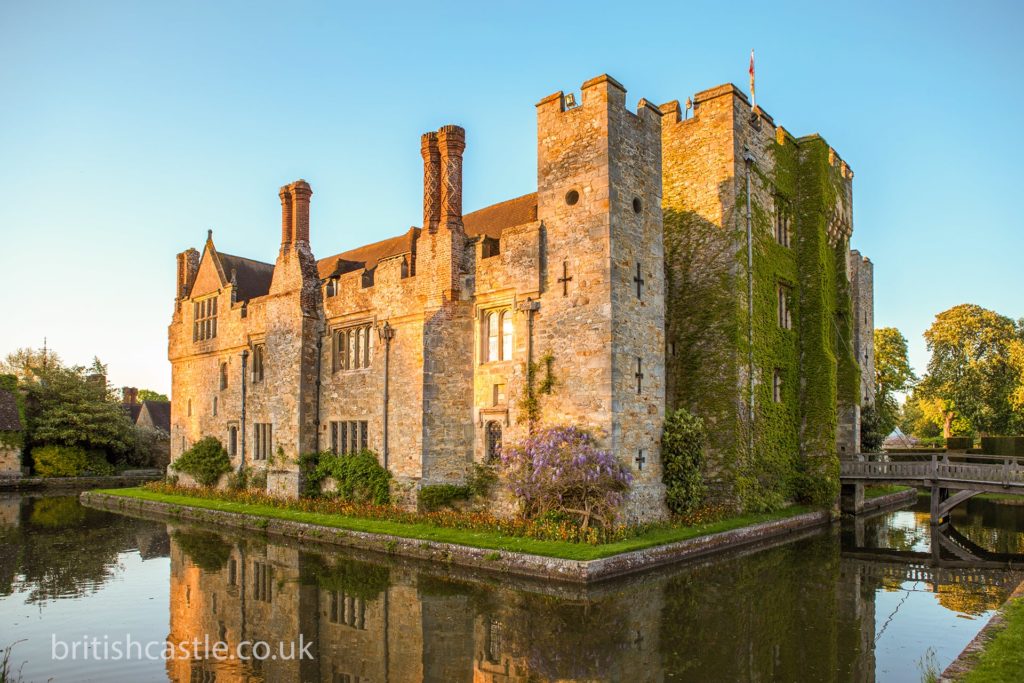
However, not all castles were created equal. The term ‘castle’ can refer to various structures, from grand palaces with luxurious living quarters to small, austere fortresses. Castles also varied in their design and layout, depending on the time period and location in which they were built.
So, to answer the question, we need to examine the history of castles and how they evolved over time.
Evolution of the First Medieval Castle
The word ‘castle’ comes from the Latin word ‘castellum,’ meaning fortified place. The difference between a castle and a fortress is that while a fortress is designed solely for military purposes, castles serve as both defensive structures and residences.
So, the early earth forts were built by the pre-Roman Celts, while technically fortified structures, weren’t considered castles. These were simple defensive structures built by digging ditches and piling up earthworks.
The same applies to the military forts created by the Romans to police their British frontiers. While their fortified cities had some similarities to castles, the Romans never really built any true castles in Britain.
The Anglo Saxons did dabble in castle building, creating burhs, or fortified towns, to protect against Viking invaders. This is where we get place names like ‘Bamburgh‘ and ‘Burghley’.
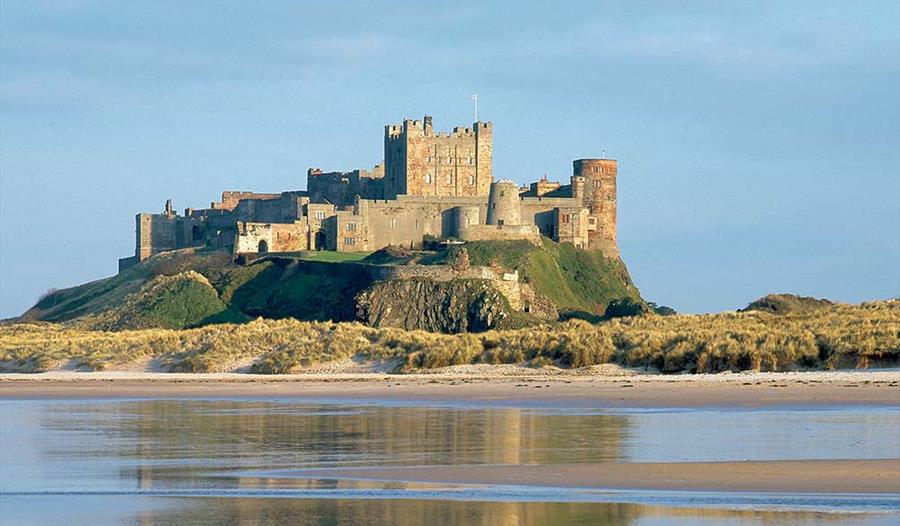
However, it wasn’t until the Norman invasion of 1066 that castles as we know them today began to appear in Britain. The Norman lords built motte-and-bailey castles, consisting of a wooden tower (motte) on top of a man-made hill (bailey). These early castles were relatively simple and quick to build, making them a valuable tool for the Normans to establish their power over the land.
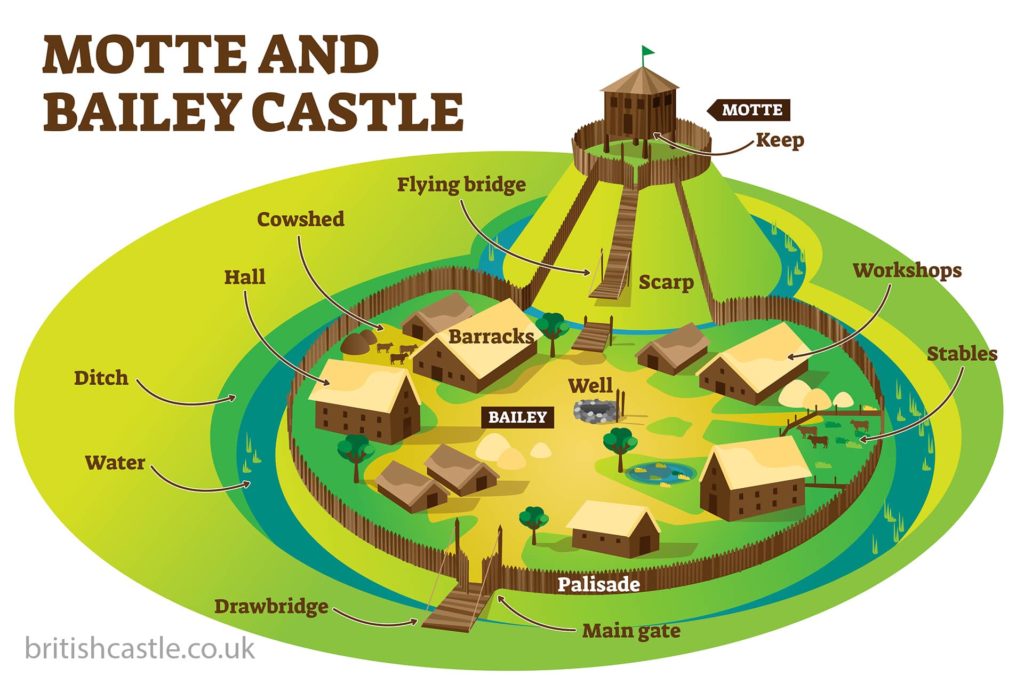
Over time, castles evolved in design and structure as technological advancements allowed for more substantial and durable fortifications. Stone replaced wood as the primary building material, and concentric castles with multiple layers of defence became popular.
Why did the Normans Build Castles?
The Normans built castles for several reasons, primarily symbolising their power and authority over the territory conquered by William the Conqueror. They also served as defensive structures against rebellions from the local people and attacks from rival lords.
It’s worth remembering that the Norman invasion was a significant event in British history, and castles played a crucial role in establishing the new ruling class’s dominance. The majority of the population in the UK during the Middle Ages was still made up of Anglo-Saxons, and castles served as a constant reminder to them of the new Norman rulers.
Unlike a fortified city or town, castles were also used as private residences for the Norman lords and their families. They often lived in the most magnificent part of the castle, known as the keep, while soldiers and knights occupied other areas. They could also be built in strategic locations, such as near important trade routes or on the edges of the kingdom, to defend against external threats.
Unlike the sprawling walls of a large walled city, the compact nature of castles made them more accessible to defend and control. They could also act as a base for the lord’s soldiers to go out and suppress any rebellions or potential threats.
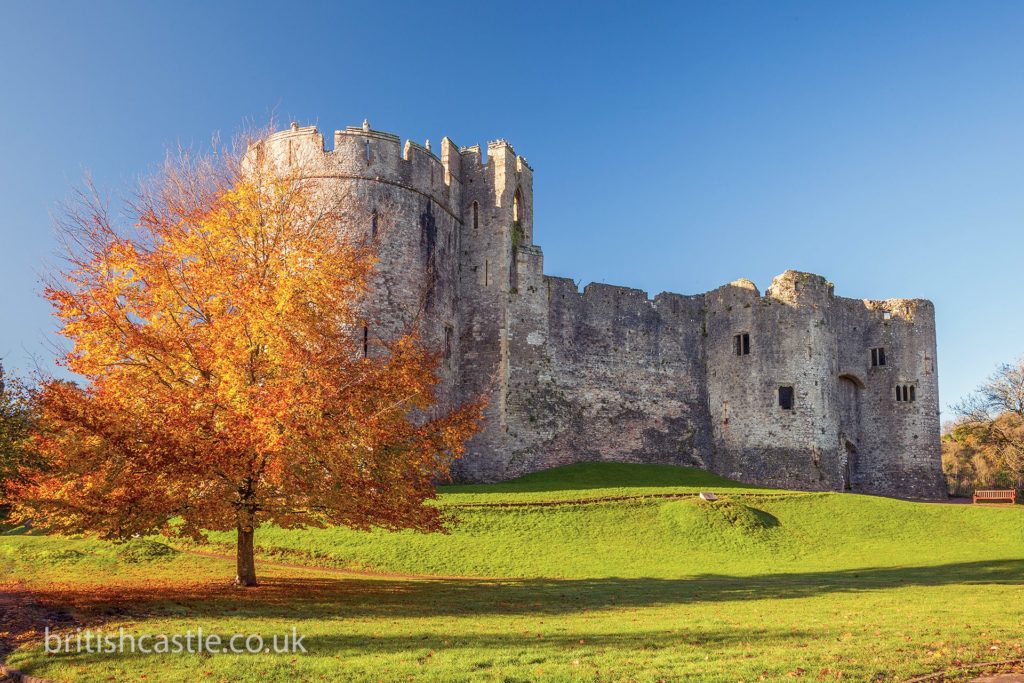
There are a lot of contenders for the oldest castle in Britain, with Berkhamsted Castle, Pevensey Castle, and Chepstow Castle all in the running for the title. Most of the oldest castles were based on existing structures, such as Roman forts. However, it’s generally accepted that most of the earliest castles in the UK were constructed in around 1067, shortly after the Norman conquest.
How did the Construction of Medieval Castles Impact Norman Britain?
The construction of castles had a significant impact on Norman Britain. First and foremost, they solidified the Normans’ hold on the land by providing a strategic defence against potential rebellions from the Anglo-Saxon population.
They also helped to establish a new feudal system in Britain, where land was granted to lords in exchange for their loyalty and military support. This structure allowed the Normans under William the Conqueror to maintain their control over the land and establish a system of power and authority.
Additionally, castles played a vital role in shaping the architecture and landscape of middle ages Britain. The grandeur and size of castles acted as symbols of wealth and status for the Norman lords, setting them apart from the Anglo-Saxons, who often lived in simple wooden houses.
The construction of castles also brought new building techniques and technologies from France to Britain, such as using stone and developing sophisticated fortifications. These advancements had a lasting impact on British architecture and engineering.
Essentially, the construction of castles marked a significant shift in power and culture in Britain, as the Normans solidified their dominance over the land and introduced new building techniques and technologies. So, while they may have started as simple defensive structures, castles evolved into much more than that, leaving a lasting legacy on British history and architecture.
How Were Castles Built in the Middle Ages?
The first motte and bailey castles in the middle ages were built quickly and relatively cheaply, using local materials such as wood and earth. However, as they evolved into larger stone structures, construction required more resources and skilled labour.
The primary building material for most medieval castles was stone, specifically limestone or sandstone. These materials were durable and widely available in Britain. Stone blocks could weigh up to 2 tons, so constructing a castle required significant human and animal labour.
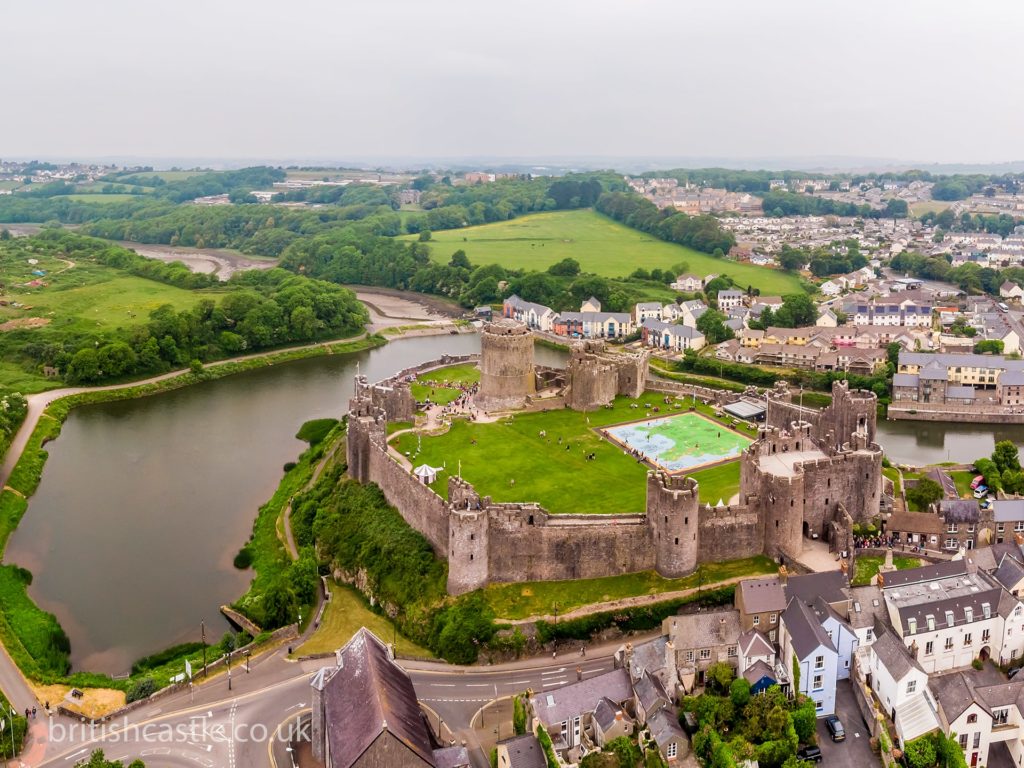
Building a stone castle was a massive undertaking that required extensive planning and resources. The first step was to find and acquire land suitable for building. Locations were chosen based on strategic importance, such as natural defences like hills or cliffs and an easily accessible source of water, ideally a well that could be dug inside the castle walls.
Construction began by digging trenches and erecting wooden fences around the site to protect it from potential attackers. Next, workers dug a deep moat, which could be potentially filled with water from nearby rivers or streams. If no water source was nearby, the moat could still serve as an obstacle for invaders, filled with spikes or other deterrents.
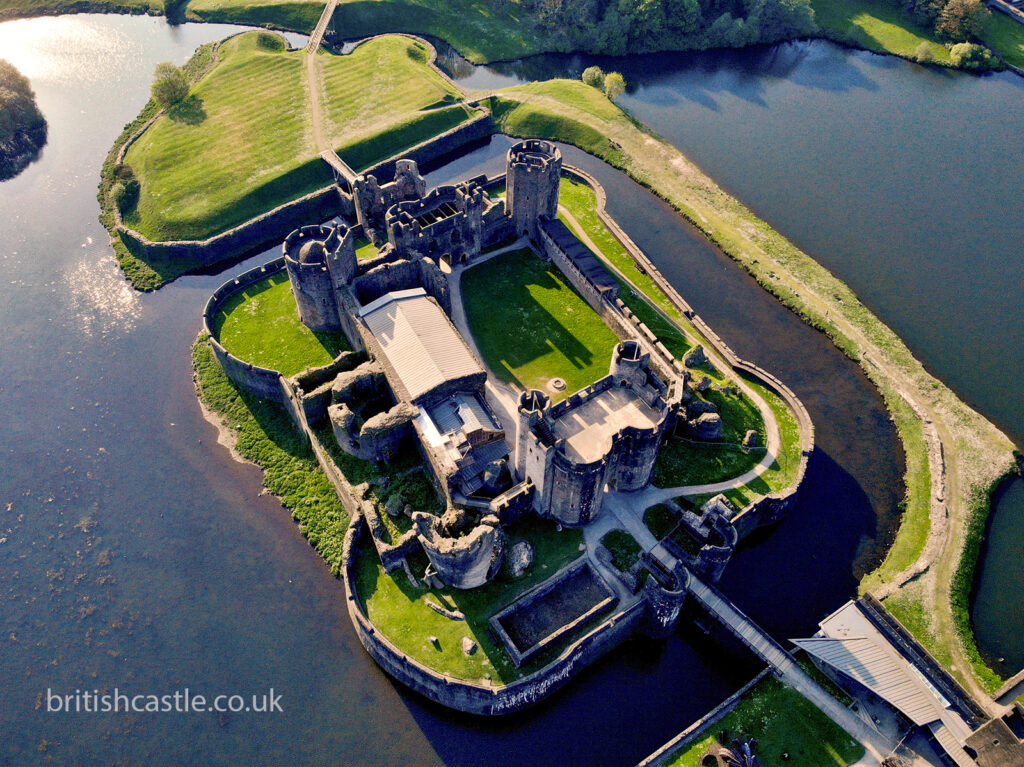
The next step was to build the keep, typically the tallest and most fortified part of the castle. It was often built on top of a man-made mound for additional protection. The walls were constructed using large blocks of stone bonded together with mortar. Windows were small and narrow to prevent attackers from entering.
Other features of the castle included the gatehouse, which served as the entrance and had a heavy wooden door that could be reinforced with iron bars. Towers were also built on either side of the gatehouse for added defensive capabilities and living quarters for soldiers and servants. Underground tunnels and secret passages were often included for escape or surprise attacks.
Depending on its size and complexity, medieval castles could take several years to complete. It required a large workforce, including skilled stonemasons, carpenters, and labourers. The cost of building a castle was also significant, making it a symbol not only of power but also of wealth.
While the exact methods and techniques used in castle construction varied over time and between regions, the basic principles remained relatively consistent. As a result, many castles share similar features and characteristics, giving us a glimpse into the past and how people lived during medieval times.
Were all Castles Built the Same?
No, not at all. As castles evolved over time, they became more sophisticated and varied in design. Different regions also had their unique styles of castle construction.
For example, the motte and bailey style was most prevalent in England and Wales, whereas stone round towers were common in Ireland. Due to the country’s colder climate, Scottish castles tended to be built with thicker walls and smaller windows. Heating a stone building in Scotland would have been challenging and expensive.
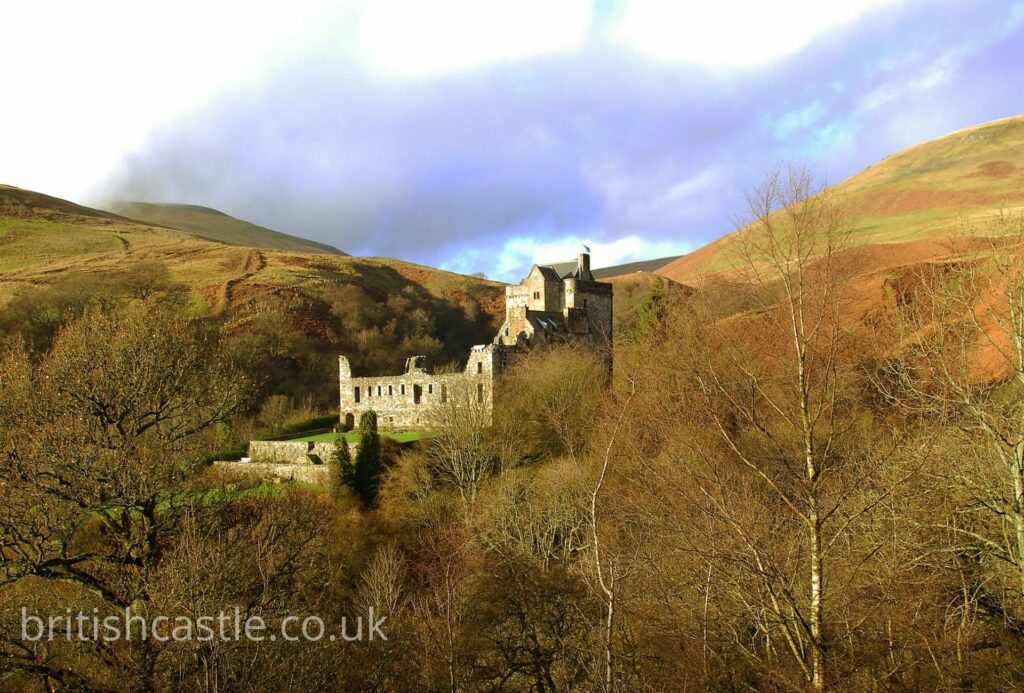
Additionally, castles were built for different purposes, depending on their location and the needs of the lord who commissioned them. Some were primarily defensive structures, while others had more luxurious living quarters for nobles and royalty.
Some castles had a range of smaller fortifications around them to protect vital logistical buildings such as granaries, stables, and mills. These additional structures, called outer baileys or wards, were usually enclosed within their own walls, sometimes with a wooden tower as a vantage point.
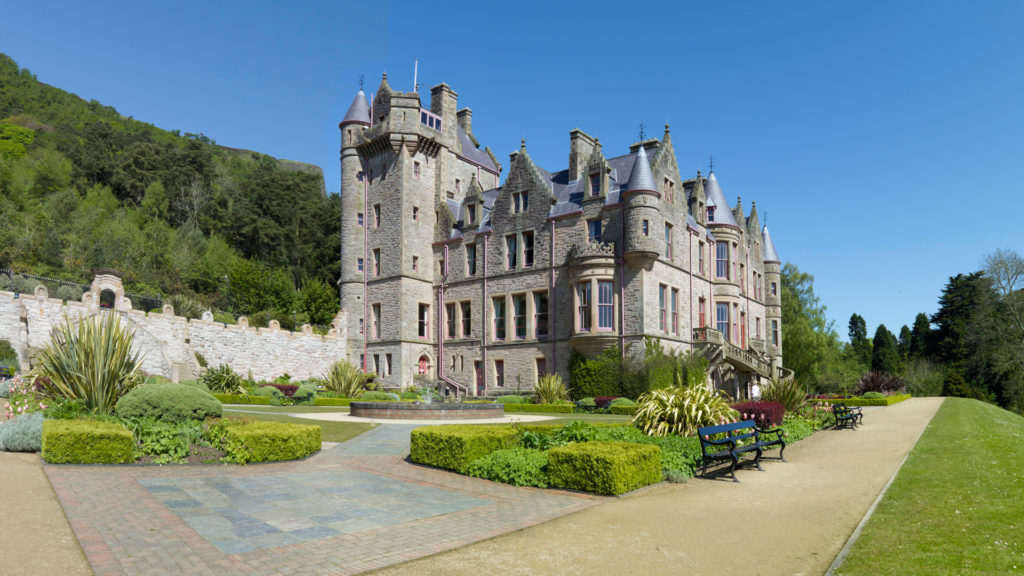
The design of a medieval castle also depended on the lord who commissioned it. Some lords wanted to showcase their wealth and power, building elaborate structures with intricate details and lavish decorations. Others focused on practicality, constructing simple yet effective castles for defence.
Overall, the construction of castles was a complex and dynamic process that evolved over time, resulting in a diverse range of designs and styles across Britain. Each castle tells its unique story about the people who lived in it and the purpose it served, making them an essential part of British history and culture.
How Did the Defences of a Medieval Castle Work?
Middle ages castles were built with multiple layers of defences as a primarily defensive structure to protect against potential invaders. They could withstand various forms of attack, including sieges and direct assaults.
The first line of defence was the medieval castles’ location, often built on high ground or near natural obstacles such as cliffs or rivers. The curtain walls surrounding the castle were also an essential part of the defence system, acting as the second line of defence.
Square towers along the walls served as lookout points and provided defenders with a strategic advantage, allowing them to shoot arrows or pour hot oil on attackers. These towers often protruded from the main wall, giving archers a wider range of vision and the ability to pour enfilading fire on attackers.
Over time, these towers became rounded, making them more resistant to bombardment. Rounded towers also allowed defenders to see and target multiple sides of the castle, making it more difficult for attackers to breach.
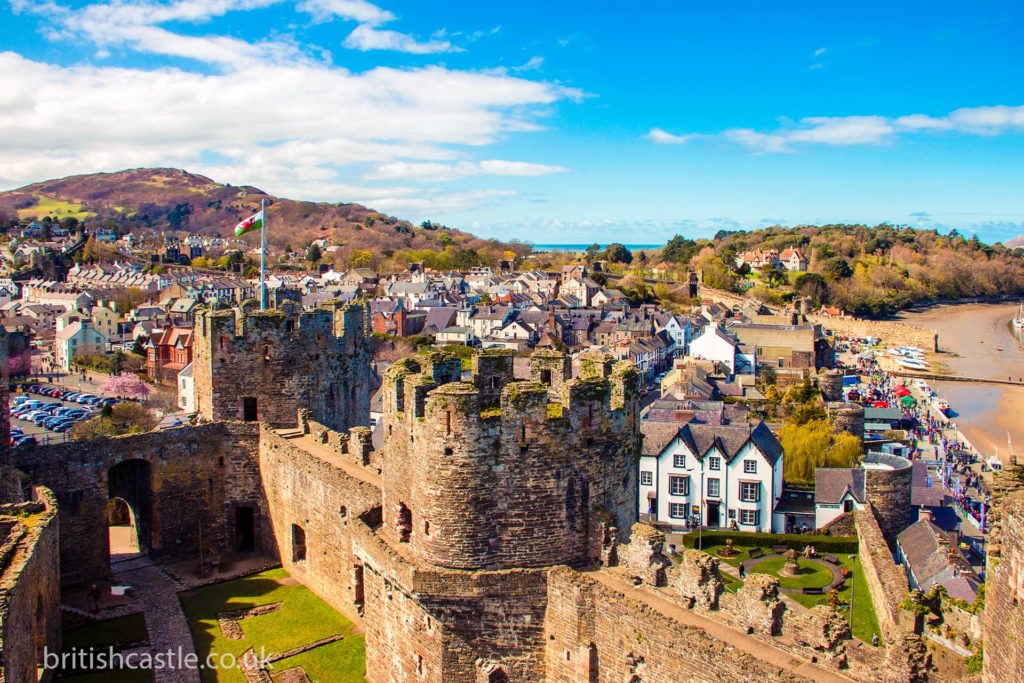
Additionally, some medieval castles had crenellations or battlements along the top of the curtain walls for archers to shoot through while remaining protected. Crenellations are alternating solid sections and gaps along the top of a wall, while battlements are notched walls with open spaces for shooting.
The gatehouse controlled entry into the castle and was another crucial defensive feature. It could be heavily fortified with multiple gates, portcullises, and murder holes (holes in the ceiling above the entrance where defenders could drop objects or pour boiling liquids on attackers).
Another popular defensive feature was the drawbridge, which could be raised to prevent enemies from entering the castle. In some cases, a moat surrounded the castle walls, providing additional protection.
If an enemy managed to breach the medieval castles’ outer defences, they would be met with the inner defences, which were often more fortified and difficult to penetrate. This was where the castle’s keep, or central tower, was located.
The keep could serve as a last resort for defenders in case other parts of the castle fell. It had thicker walls and fewer windows, making it easier to defend. The keep also housed living quarters for the lord and his family and storerooms for food and supplies.
Stairs within medieval castles were also designed to be narrow and winding, making it challenging for attackers to move up in large numbers while allowing defenders to block or attack them quickly. Castle stairs generally spiral to the left, allowing right-handed defenders an advantage while fighting and preventing the easy use of a shield when climbing up them.
How did Castles Evolve Over Time?
Castles evolved significantly from their origins as motte and bailey structures to the grand stone fortresses of later years. As warfare techniques and technologies changed, so did the design and construction of castles.
In the early years, castles were primarily used for defence against external threats. However, as peace eventually settled in Britain, castles began to shift from military fortifications to status symbols and luxurious residences for the wealthy.
In the 12th century, castle walls became thicker and taller to withstand the advancements in siege warfare. Castle building also incorporated new defensive features such as arrow slits (narrow openings for archers to shoot through) and gatehouses into their designs.
By the 13th century, castles began to become more elaborate, with ornate decorations and intricate details. The introduction of gunpowder in the 14th century significantly changed castle design. Walls became thicker, and towers were built at angles to withstand cannon fire better. Many castles also incorporated moats with sloping sides to prevent attackers from using them as cover.
Castles also evolved to include more comfortable living quarters, larger rooms and more elaborate decorations. They became symbols of wealth, power, and grandeur, showcasing the opulence of their owners.
However, as warfare changed and modernised, castles gradually lost their importance as defensive structures. By the 17th century, they were all but obsolete for military purposes. While fortifications were still built, these had, in some ways, reverted to the more straightforward military outpost design, lacking the elaborate and decorative aspects of earlier castles. While they had living quarters, they were more focused on practicality than luxury and were solely occupied by military personnel.
The star fort at Tilbury, built during the reign of Elizabeth I in the 16th century, is an excellent example of this shift towards more utilitarian fortifications. It was designed to defend against sea invaders and featured thick walls, gun platforms, and a distinctive geometric shape.
Castle building and its evolution significantly impacted British history, culture, and architecture. From humble beginnings to grand fortresses, they played various roles throughout medieval times before becoming relics of a bygone era. Today, many castles remain reminders of this rich history, attracting visitors worldwide. So, while their primary purpose may have changed over time, castles continue to fascinate and captivate us with their enduring legacy.
How Did the Defences of a Castle in the 1500s Work?
The 16th century saw significant advancements in military technology and tactics compared to the early medieval period. These changes also impacted castle design and defence strategies.
Siege warfare techniques improved, making it easier to breach castle walls or towers with artillery fire. To counter this, castles were built with thicker walls and more substantial towers or bastions at strategic points to withstand cannon fire. The faces of these fortifications were angled and sloped to deflect cannonballs and make them less prone to damage.
Bastions were protruding structures from the castle walls that could provide a better line of defence against attackers by allowing defenders to fire from multiple angles. They also served as platforms for cannons and artillery, which had become more common in warfare during this period.
In addition to thicker walls and bastions, some castles incorporated earthworks, such as ditches, ramparts, and glacis (sloping earth mounds), to provide extra protection. These were especially useful against cannon fire, as they could absorb the impact and reduce damage to the main structure.
The introduction of gunpowder also led to changes in the design of gatehouses. The once heavily fortified structures with multiple gates became less common, replaced by single-entrance gatehouses with thicker walls and fewer openings to reduce vulnerability.
Overall, a castle’s defences in the 1500s focused more on countering artillery and gunfire than traditional siege tactics like scaling walls or breaching gates. Since they had evolved back into a purely military role, they were designed with practicality and efficiency in mind rather than luxury.
Is a Fortified Manor the Same as a Castle?
While a medieval castle and fortified manors or country houses may share some similarities, they are not the same type of structure. Castles were primarily built for defensive purposes and often belonged to royalty or nobility. On the other hand, Fortified manors were smaller structures owned by wealthy landowners and served as residences and defensive fortifications.
Fortified country houses typically had a mix of stone and timber construction, with thicker walls designed to withstand attack. However, they lacked the grandeur and elaborate features of castles. They were also more practical in terms of design, with a focus on efficient use of space for both living quarters and defence.
Another critical difference between castles and fortified manors is their size and location. Castles were often large structures located on high ground, providing a strategic advantage for defence. Fortified manors were typically smaller and located in more secluded areas, such as wooded areas or near water sources. Their placement was dictated by the need for security and privacy and access to things like hunting grounds or local towns.
The primary focus of a fortified manor was comfort and luxury, with defence being a secondary consideration. In contrast, castles were designed to withstand attacks and protect their inhabitants at all costs. So, while they may share some features, castles and fortified manors served different purposes in medieval and early modern society.
What Were the Benefits of Building a Castle?
Now that we’ve better understood how castles were built and evolved over time, let’s explore the benefits of building one. As mentioned, building a castle was a huge undertaking, requiring significant resources and labour. So why did people invest so much time, effort, and money into constructing these structures?
Military defence
Castles’ primary purpose was to protect their inhabitants from external threats. The walls, towers, and moats were all designed to prevent attackers from gaining entry into the castle. Stone castles also provided a strategic advantage during times of war, allowing defenders to monitor and control the surrounding areas.
In times of danger, local communities could also take refuge within the castle walls, providing safety for the nobility and the ordinary people. Since most castles were occupied by lords and their families, soldiers, servants, and other personnel, they could house many people during a siege and were normally the safest place in the region.
Castles could withstand sieges for extended periods with sufficient food, water, and defensive capabilities. This allowed the defenders to wait for reinforcements or negotiate a peaceful resolution.
Symbol of power
Owning a medieval castle was a symbol of power and prestige during medieval times. It showcased the wealth and influence of its owner, serving as a reminder to others of their status in society. Additionally, castles were often passed down through generations, making them a significant family legacy and symbol of lineage.
As castles’ defensive benefits waned over time, their role as symbols of power and wealth only increased. Grand architecture, lavish decorations, and luxurious living quarters were all ways for the owners to display their opulence.
Economic benefits
The construction of castles provided employment opportunities for skilled workers such as stonemasons, carpenters, blacksmiths, and labourers. Additionally, maintaining and staffing a castle required a large workforce, providing jobs for the local community.
Skilled stone masons and carpenters were in high demand during castle construction, and their expertise was highly valued. This resulted in these workers often being paid more than the average person, contributing to a healthier economy for the surrounding area.
Castles also played a significant role in the economy through trade and commerce. As centres of power, they attracted merchants and traders looking to do business with the nobility. This helped stimulate the local economy and brought wealth to surrounding towns and villages.
Social control
Castles were also used as social control, with lords and nobility using them to exert their power and authority over the surrounding areas. They often held court within the castle walls, making important decisions that affected the local community. It’s no coincidence that the largest number of castles in the UK were built by Norman invaders to maintain control over their newly acquired lands.
Control over areas was also maintained by building castles at strategic locations, such as on hills or near waterways. These castles allowed their owners to monitor and control the surrounding land. In short, a castle allowed a local lord to project power and influence far beyond the castle walls.
What are Some of the Best Castles to Visit in the UK?
The UK is known for its rich history and numerous castles scattered throughout the country. Here are some of the best castles to visit in the UK, each with its unique features and attractions:
- Edinburgh Castle: One of Scotland’s most iconic landmarks, this castle sits atop a dormant volcano and offers stunning views of the city. Visitors can explore its ancient buildings, including the Great Hall and the Scottish Crown Jewels.
- Warwick Castle: Located in the heart of England, this castle is renowned for its well-preserved medieval architecture and its famous trebuchet. Visitors can also take part in interactive exhibits and even stay overnight in the castle’s luxury lodges.
- Caernarfon Castle: One of Wales’ most impressive castles, Caernarfon Castle is a UNESCO World Heritage site with an imposing structure that served as a military stronghold during the Middle Ages. Its grandeur and historical significance make it a must-visit for any castle enthusiast.
- Tower of London: This iconic fortress in London is famous for its dark history as a prison, palace, and place of execution. Visitors can explore the tower’s various exhibits, such as the Crown Jewels and the infamous torture chamber. While not technically a castle, the Tower of London is undoubtedly one of the most significant historical sites in the UK.
- Dover Castle: Built in the 12th century, Dover Castle is the largest castle in England and has played a crucial role in defending the country throughout history. Visitors can explore secret wartime tunnels and learn about its strategic importance during World War II.
- Kenilworth Castle: Located in the West Midlands, Kenilworth Castle is a romantic ruin with stunning gardens and a rich history. Visitors can explore its medieval tower, gatehouse, and royal apartments, making it an excellent destination for couples or anyone looking to immerse themselves in ancient history.
- Stirling Castle: Known as the “Key to Scotland,” this castle played a crucial role in Scottish history and is famous for its Renaissance architecture and elaborate gardens. Visitors can take a guided tour or explore the castle grounds on their own.
- Windsor Castle: The oldest and largest occupied castle in the world, this royal residence has been home to British monarchs for over 900 years. Visitors can admire its grand State Apartments and see the famous Changing of the Guard ceremony.
Whether for military defence, symbol of power, economic benefits, or social control, castles played a significant role in shaping the medieval and early modern landscape. With their impressive architecture and rich histories, they continue to attract visitors from all over the world to this day.
Next time you visit the UK, make sure to add these magnificent fortresses to your itinerary. Why not plan a visit to one of these impressive castles and experience the magic for yourself? Don’t forget your camera. Happy exploring!
